
For decades, Mercedes-Benz has stood as a global symbol of sophistication, power, and German engineering excellence. But even the world’s most admired luxury brand has had its fair share of missteps. Behind the gleaming three-pointed star lies a history filled with not only innovation but also a few unforgettable disappointments. Some of these cars were bold experiments that fell short, while others simply failed to meet the brand’s legendary standards for quality and reliability.
When people think of Mercedes-Benz, they imagine timeless sedans gliding effortlessly down autobahns or rugged SUVs conquering long-distance drives with ease. Yet reality often tells a different story. From models plagued with persistent electronic issues to vehicles burdened by astronomical repair costs, certain Mercedes cars have earned their place among the worst Mercedes models ever made. These cars may still look elegant, but owning one can quickly turn into a costly and frustrating experience.
In this article, we will explore the top ten Mercedes models that failed to live up to the brand’s reputation. Each of these vehicles serves as a reminder that even the most luxurious nameplates are not immune to design flaws, poor reliability, and expensive upkeep that can leave owners regretting their choice.
Contents
- Mercedes-Benz CLA 250 (2013–2018)
- Mercedes-Benz ML350 (2006–2011)
- Mercedes-Benz C230 Kompressor (2003–2007)
- Mercedes-Benz E350 (2006–2009)
- Mercedes-Benz GLA250 (2015–2018)
- Mercedes-Benz GL450 (2007–2012)
- Mercedes-Benz SL600 (2003–2006)
- Mercedes-Benz A-Class (First Generation, 1997–2004)
- Mercedes-Benz S-Class W220 (1998–2005)
- Mercedes-Benz S-Class W203
- Conclusion
Mercedes-Benz CLA 250 (2013–2018)
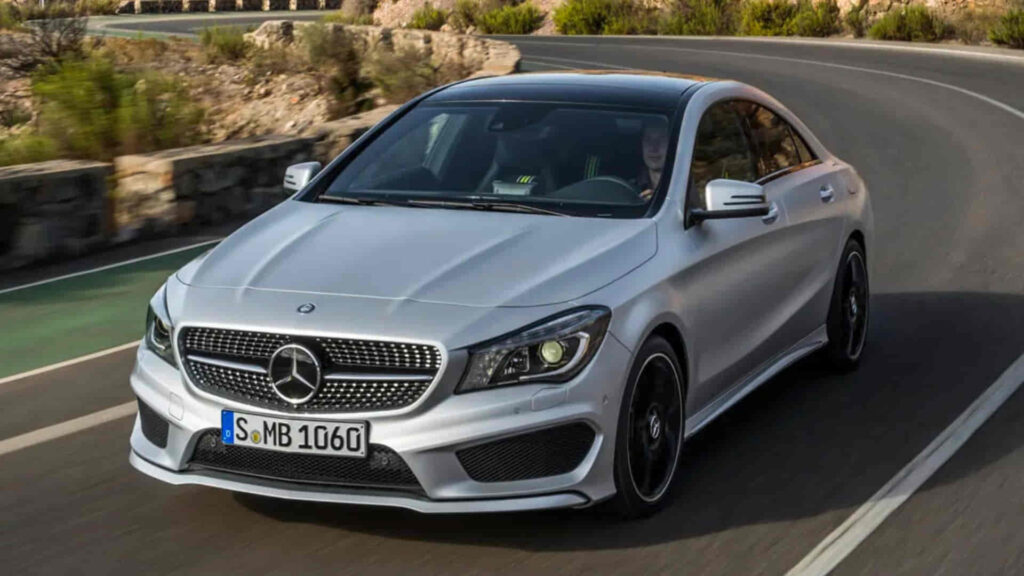
The Mercedes-Benz CLA 250 was introduced as an entry point into the brand’s luxury lineup, promising young buyers a sleek design and a more affordable way to own a Mercedes. On paper, it seemed like the perfect balance between style and status. However, the reality behind the wheel told a different story. Owners quickly discovered that this compact sedan suffered from transmission hesitation, harsh gear shifts, and inconsistent throttle response. The dual-clutch system, designed to deliver sporty performance, instead became one of the car’s biggest frustrations, often causing jerky movement in city driving.
While the CLA 250’s coupe-like silhouette attracted attention, its interior betrayed Mercedes’ reputation for refinement. Hard plastics, limited rear space, and cheap-feeling components made many question whether it truly belonged in the luxury segment. Maintenance costs were still high, but the overall driving experience felt more like an economy car than a premium vehicle. Over time, reliability reports consistently placed the CLA 250 among the worst Mercedes models in terms of owner satisfaction and long-term dependability. What was meant to introduce a new generation to Mercedes-Benz instead introduced them to the brand’s most criticized model of the decade.
Mercedes-Benz ML350 (2006–2011)

The Mercedes-Benz ML350 was supposed to embody everything that made the brand’s SUVs so desirable: comfort, prestige, and strength. Yet behind its commanding presence, this mid-size luxury SUV turned out to be one of the most disappointing performers in Mercedes history. Many owners loved the elevated driving position and smooth V6 engine, but the ownership experience was quickly overshadowed by persistent reliability issues. Electrical malfunctions were alarmingly common, ranging from faulty window regulators to malfunctioning air suspension systems that cost thousands to repair.
As the vehicle aged, reports of leaking valve covers, worn engine mounts, and transmission hesitation became frequent topics across online forums. The maintenance costs often exceeded those of more premium models, leading many owners to feel betrayed by what was marketed as a dependable family SUV. Its complex mechanical setup and delicate electronics meant that even small problems could escalate into expensive repairs.
In the context of long-term ownership, the ML350 represents one of the worst Mercedes models for anyone seeking durability and low maintenance. It stands as a cautionary tale of how excessive engineering complexity can destroy a luxury car’s reliability, turning what should have been a symbol of confidence into a source of constant frustration.
Mercedes-Benz C230 Kompressor (2003–2007)
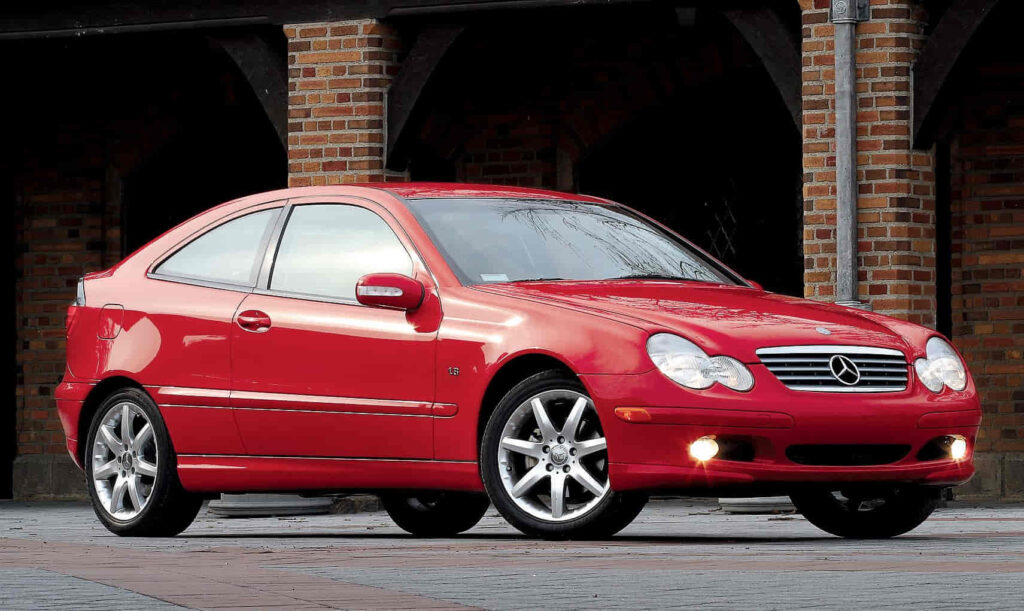
The Mercedes-Benz C230 Kompressor was designed to bring sportiness to the C-Class lineup, combining compact size with a supercharged engine that promised quick acceleration and dynamic handling. At first glance, it delivered on style and performance, appealing to drivers who wanted a more spirited Mercedes at a lower price point. Unfortunately, beneath its sleek exterior hid a series of mechanical problems that turned ownership into a costly endurance test.
The most notorious issue came from the timing chain and supercharger components, both prone to premature wear and expensive failure. When these parts began to fail, repair bills often reached into the thousands, leaving many owners disillusioned with what they thought was a reliable German sports sedan. Cabin materials also aged poorly, with rattles and interior squeaks undermining the premium experience that Mercedes-Benz was known for.
While some enthusiasts appreciated the C230’s sharp driving dynamics, most owners found themselves battling recurring mechanical faults and frequent trips to the workshop. Over time, it earned an uncomfortable reputation as one of the worst Mercedes models in terms of long-term reliability. What was meant to inject youthful energy into the brand ended up damaging consumer trust instead.
Mercedes-Benz E350 (2006–2009)
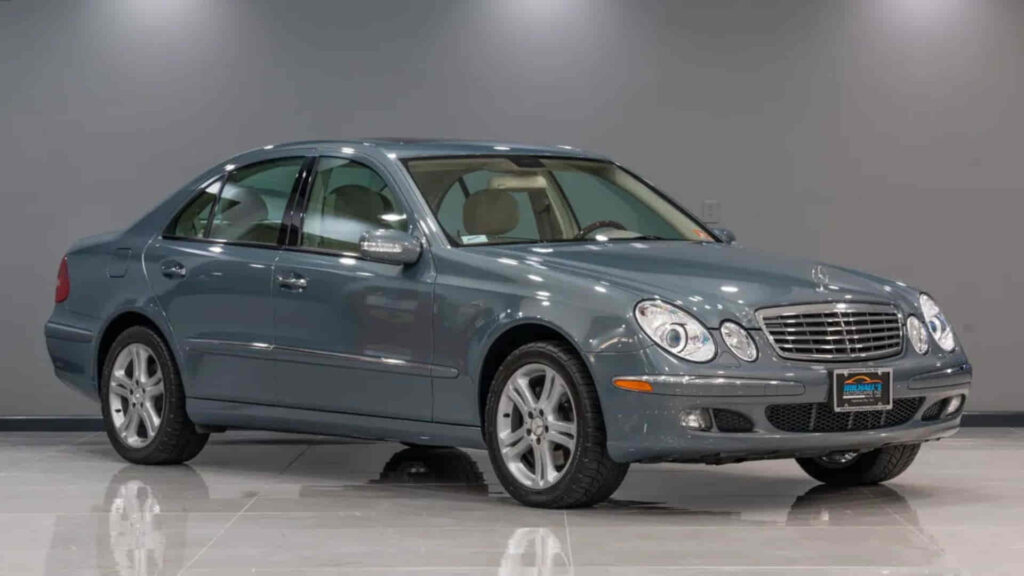
The Mercedes-Benz E350 was once the heart of the brand’s luxury sedan lineup, admired for its graceful styling and comfortable ride. Yet beneath its elegant surface, the mid-2000s E-Class concealed a troubling mix of mechanical and electronic problems that made it one of the worst Mercedes models of its time. Many owners initially praised the car’s smooth V6 performance and refined handling, but long-term ownership told a very different story.
The most infamous flaw in this generation was the balance shaft gear failure found in early production models. When this component wore out prematurely, it led to engine misfires and catastrophic damage that could cost several thousand dollars to repair. Combined with persistent oil leaks, malfunctioning electronics, and an aging COMAND infotainment system, the E350 gradually earned a reputation for being as frustrating as it was beautiful.
For a vehicle that carried such prestige, the ownership experience often felt anything but luxurious. Expensive repairs, complex systems, and unpredictable reliability pushed many loyal customers toward competitors. The 2006–2009 E350 became a painful reminder that even Mercedes-Benz, with all its engineering prowess, was not immune to design flaws that could undermine decades of trust and reputation.
Mercedes-Benz GLA250 (2015–2018)
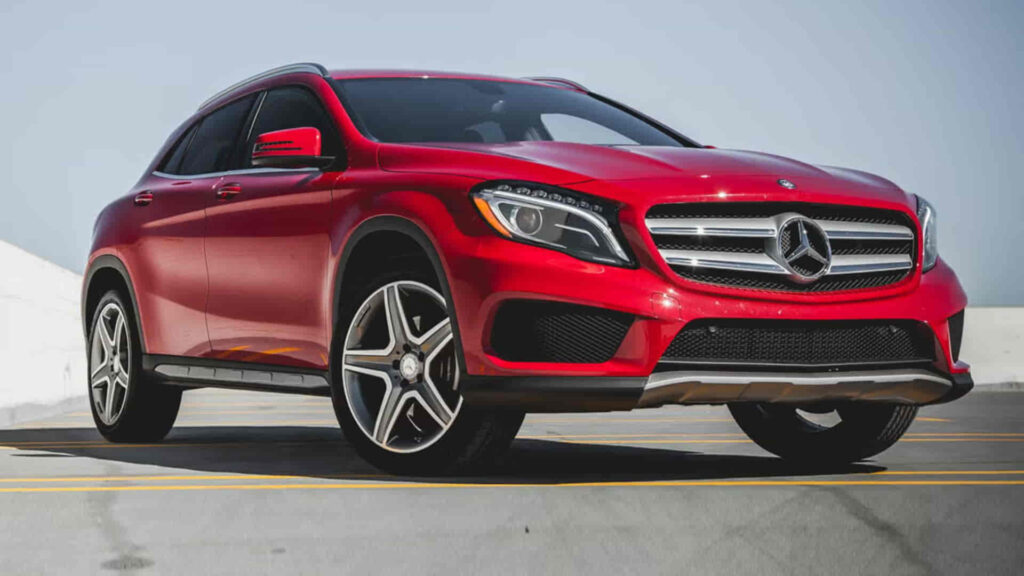
When Mercedes-Benz entered the compact SUV market with the GLA250, the brand hoped to attract younger buyers seeking style and practicality in a smaller package. The concept looked promising on paper — a blend of crossover versatility and German engineering sophistication. Yet in practice, the GLA250 struggled to deliver the refinement expected from a Mercedes. The dual-clutch transmission was often the first disappointment, causing jerky gear changes and sluggish response in traffic. Instead of providing sporty acceleration, it created hesitation that frustrated drivers during daily commutes.
The ride quality was another major complaint. Many owners found the suspension far too stiff for city roads, turning what should have been a comfortable luxury SUV into a bumpy experience. Despite its premium badge, interior comfort and noise insulation fell short compared to rivals in the same class. Reliability surveys later confirmed what many owners already knew — the GLA250 was one of the worst Mercedes models for long-term satisfaction.
What was intended to be a youthful and energetic entry-level SUV ended up feeling like a compromise. With its cramped cabin, harsh ride, and high maintenance costs, the GLA250 failed to meet the expectations that come with the Mercedes-Benz name, proving that not every experiment in downsizing leads to success.
Mercedes-Benz GL450 (2007–2012)

The Mercedes-Benz GL450 arrived with the promise of combining full-size SUV capability with the sophistication of German luxury. At first glance, it appeared to fulfill that vision with its imposing design, spacious interior, and smooth V8 power. But for many owners, the dream of owning a luxury family SUV quickly turned into an expensive ordeal. The GL450 became infamous for its air suspension failures, a problem so common that it defined the ownership experience for countless drivers. When the suspension system malfunctioned, the vehicle would sag unevenly or collapse overnight, requiring costly repairs that often exceeded several thousand dollars.
Electrical issues were another recurring nightmare. Malfunctioning sensors, unresponsive control modules, and failing entertainment systems were frequent complaints, creating frustration for owners who expected a seamless premium experience. As the vehicle aged, maintenance costs climbed steeply, and depreciation hit harder than most luxury SUVs in its class.
Despite its commanding presence and comfortable cabin, the GL450 has been widely regarded as one of the worst Mercedes models in long-term ownership. Its combination of high complexity and fragile components made it an unreliable choice for families seeking peace of mind. What was once marketed as a symbol of luxury endurance became a costly lesson in overengineering.
Mercedes-Benz SL600 (2003–2006)
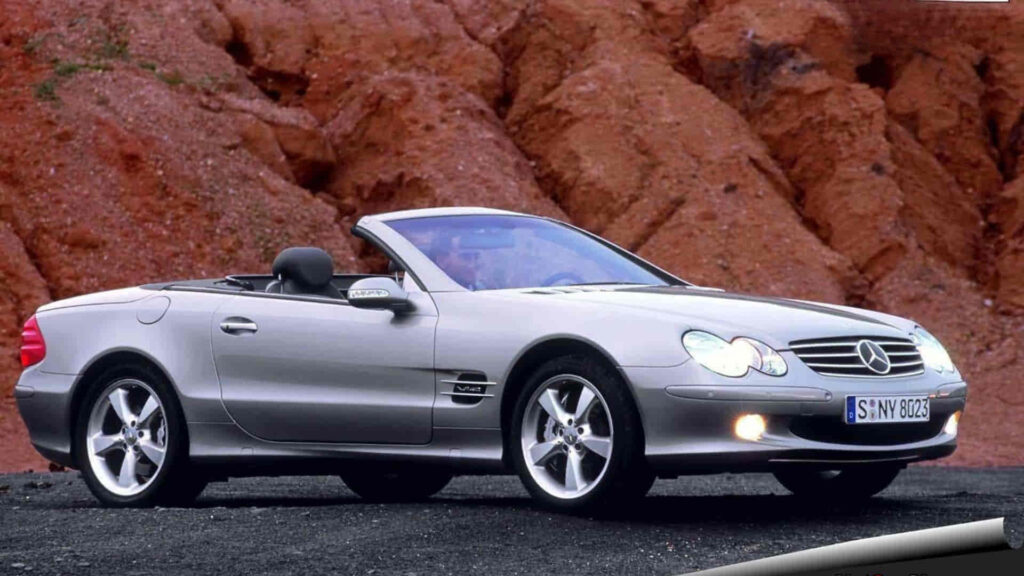
The Mercedes-Benz SL600 was engineered to showcase the brand’s ultimate expression of power and luxury. With a twin-turbocharged V12 engine under its long hood, it offered breathtaking acceleration and an aura of exclusivity that few cars could match. Yet beneath the glamour and raw performance lay a complex network of systems that would ultimately define it as one of the worst Mercedes models for reliability and maintenance costs. Owners quickly learned that the same engineering marvels that made the SL600 thrilling also made it fragile.
The car’s Active Body Control suspension, while groundbreaking in theory, became a source of endless trouble in practice. Hydraulic leaks, electronic malfunctions, and sensor failures were common, often requiring specialized repairs that cost thousands. The retractable hardtop roof added another layer of complexity, notorious for hydraulic failures that could leave the car stuck mid-convertible. Combined with electrical glitches and limited accessibility for repairs, the ownership experience was anything but carefree.
What should have been a masterpiece of grand touring turned into a financial burden even for wealthy enthusiasts. The SL600 stands as a cautionary tale that too much complexity can ruin even the most ambitious luxury machine, proving that prestige alone cannot shield a car from engineering missteps.
Mercedes-Benz A-Class (First Generation, 1997–2004)
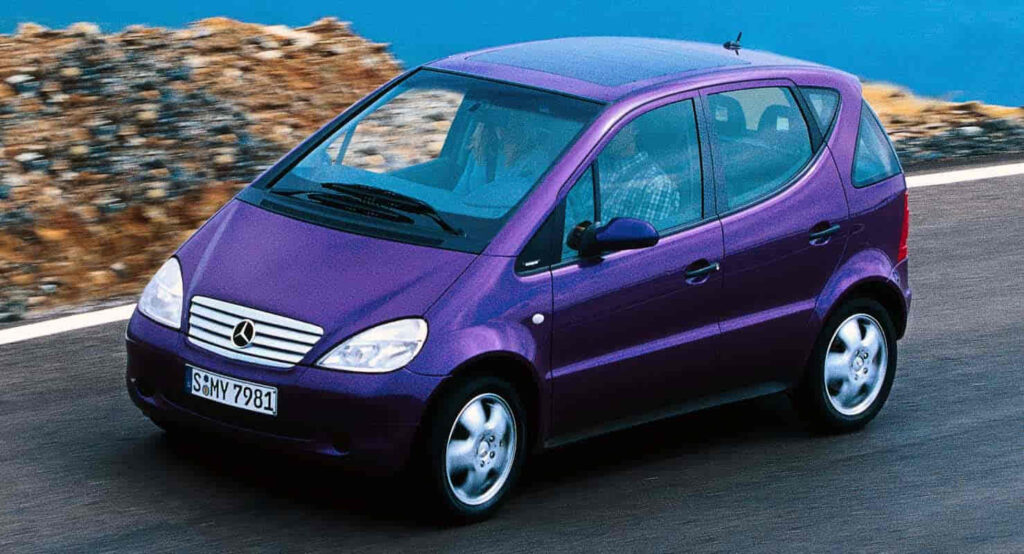
When Mercedes-Benz introduced the first-generation A-Class, it marked a bold attempt to reinvent the compact car segment with innovative packaging and safety-first engineering. The tall, narrow design and sandwich floor construction were revolutionary for their time, intended to protect occupants in the event of a collision. However, this ambitious approach would soon backfire spectacularly. In 1997, during the infamous “elk test” in Sweden, the A-Class flipped over while performing an emergency maneuver — a moment that instantly tarnished Mercedes-Benz’s reputation for safety and precision engineering.
The incident forced the company into crisis management mode, halting production and retrofitting thousands of vehicles with electronic stability control and suspension upgrades. Although Mercedes eventually recovered from the scandal, the damage to public perception lingered for years. Early models without the stability system were viewed as risky, undermining confidence in the brand’s commitment to reliability.
In hindsight, the first-generation A-Class became one of the worst Mercedes models not because of luxury or performance failures, but because it exposed how innovation without adequate testing can turn into a public disaster. While it later evolved into a successful compact line, the original A-Class remains a symbol of how even industry leaders can stumble when ambition outpaces execution.
Mercedes-Benz S-Class W220 (1998–2005)
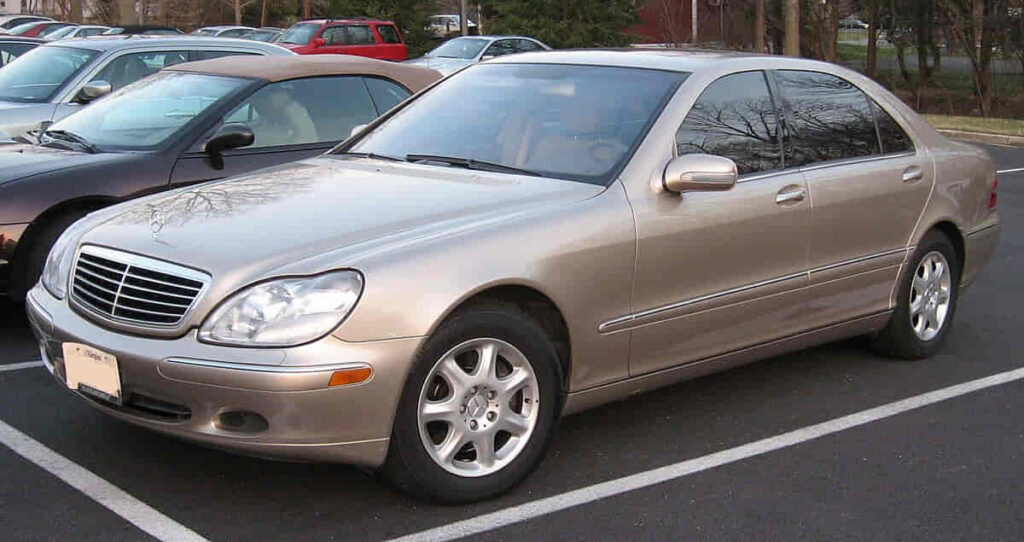
The Mercedes-Benz S-Class has long represented the pinnacle of automotive luxury, setting benchmarks for technology and comfort. But the W220 generation, produced from 1998 to 2005, became a dark chapter in that legacy. It was lighter, more aerodynamic, and more digitally advanced than its predecessor, yet it also marked the beginning of Mercedes-Benz’s decline in perceived quality. What was intended to showcase innovation instead exposed the dangers of cutting corners in pursuit of modernization.
Owners of the W220 soon discovered a host of reliability issues that contradicted its luxury image. The air suspension system, designed for effortless comfort, was notorious for sudden failures that left cars sagging on their wheels. Electronics, once a point of pride, turned into a nightmare of malfunctioning control units, faulty sensors, and expensive diagnostics. Even worse, widespread rust problems — unheard of in previous S-Class models — began appearing within just a few years of ownership, shocking loyal customers who associated the badge with perfection.
Despite its beauty and technological ambition, the W220 is remembered as one of the worst Mercedes models in history. It symbolizes a time when Mercedes temporarily lost its focus on durability and craftsmanship, prioritizing innovation at the cost of the brand’s core value: lasting excellence.
Mercedes-Benz S-Class W203
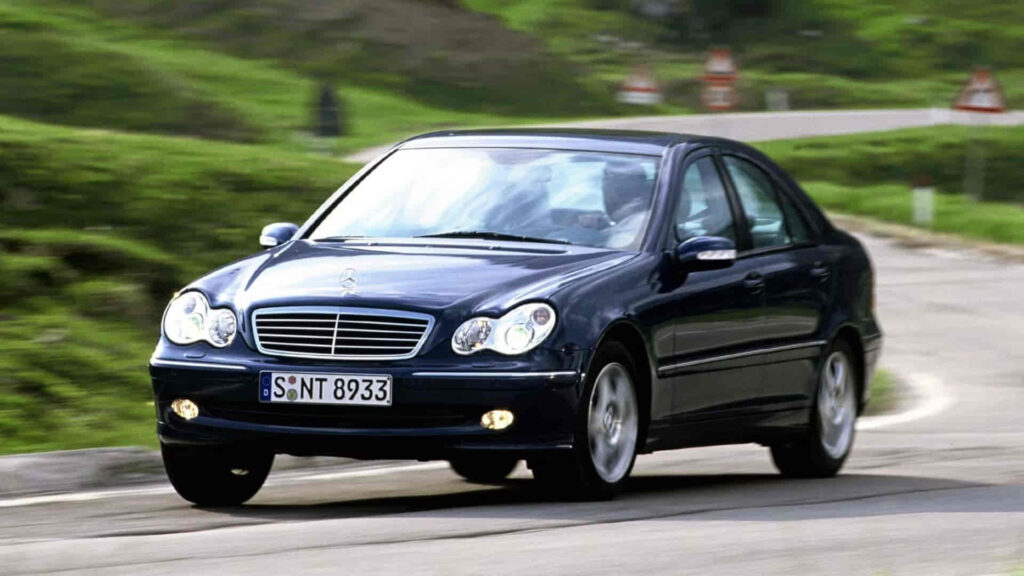
The Mercedes-Benz C-Class W203 stands as one of the most controversial chapters in the brand’s modern history. Introduced in 2000, it was meant to symbolize a new era of efficiency and youthful sophistication for Mercedes-Benz. Yet instead of elevating the brand, it exposed a decline in build quality that would haunt the company for years. At first glance, the W203 looked like a perfectly balanced compact executive sedan, offering sleek styling and smooth ride comfort. But time revealed a very different story — one defined by corrosion, electrical faults, and disappointing longevity.
Owners across the globe began reporting severe rust formation on doors, trunk lids, and wheel arches, sometimes within just two years of purchase. The issue became so widespread that even meticulously maintained cars suffered visible body deterioration. Electrical problems compounded the frustration, with faulty window switches, malfunctioning air conditioning systems, and failing instrument clusters becoming almost routine. Repair costs piled up quickly, erasing the car’s value advantage and damaging the reputation of the entire C-Class line.
Today, the W203 is widely regarded as one of the worst Mercedes models ever produced. It represents the brand’s struggle during the early 2000s, a period when cost-cutting overshadowed craftsmanship. Though later generations restored the C-Class to glory, the W203 remains a reminder that even Mercedes-Benz can stumble when it loses sight of its engineering roots.
Conclusion
Even a brand as iconic as Mercedes-Benz has faced moments when ambition outpaced execution. The worst Mercedes models in history serve as reminders that no automaker, no matter how prestigious, is immune to engineering miscalculations, cost-cutting errors, or misplaced priorities. Each car on this list tells a story — not of total failure, but of lessons learned through the challenges of innovation.
From unreliable electronics to costly air suspension systems and premature rust, these models tested the patience and wallets of loyal customers around the world. Yet in many ways, their shortcomings also fueled Mercedes-Benz’s eventual return to form. The brand responded by rebuilding its reputation for craftsmanship, reliability, and timeless design, regaining the trust that these troubled years had shaken.
For anyone considering a used Mercedes, knowledge is the best form of protection. Understanding which models to avoid can save thousands in repairs and disappointment. And for enthusiasts, looking back at these missteps highlights an essential truth — perfection in automotive engineering is not about never failing, but about learning from the failures that drive progress forward.